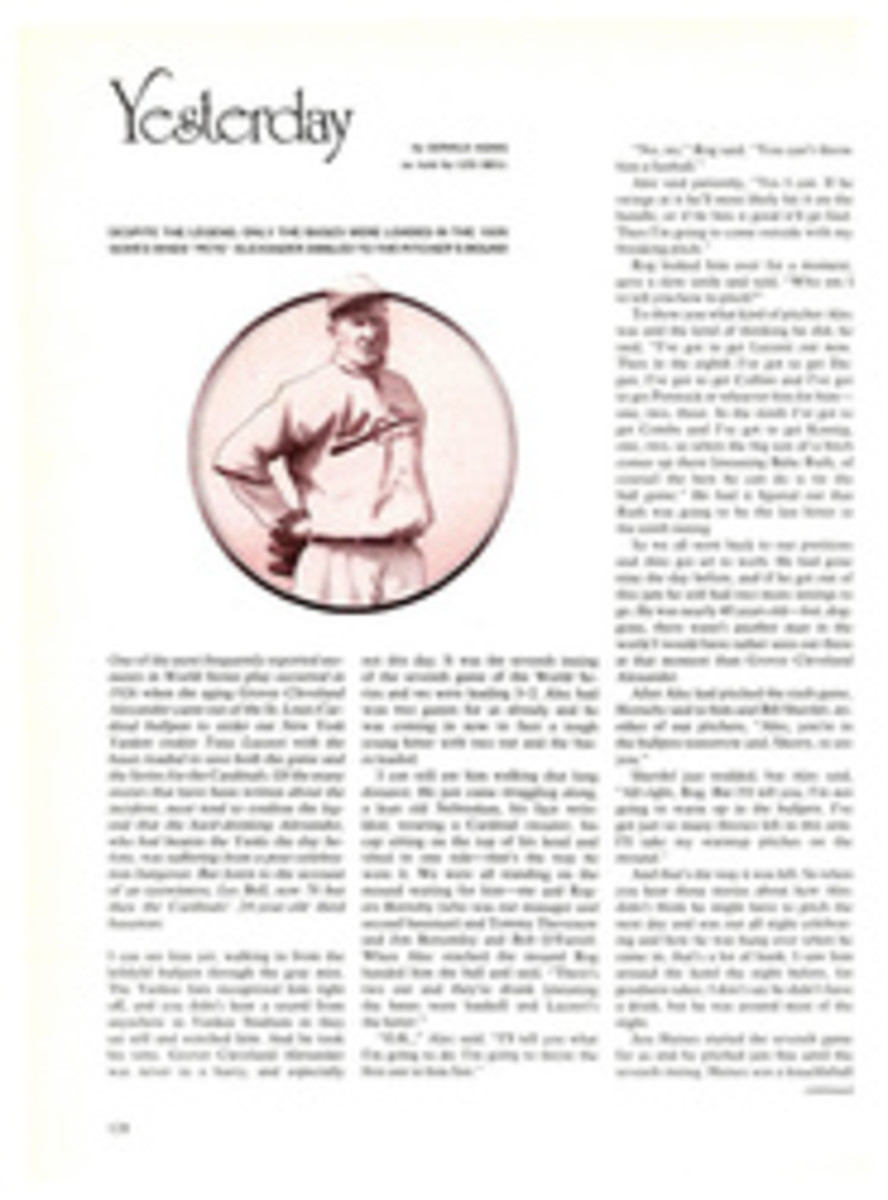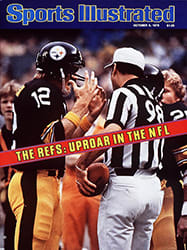
A BARRAGE OF CLICHÉS SENDS 'THE WORLD SERIES' OFF TO THE SHOWERS
This year marks the 75th anniversary of the World Series, which is to say that for the 75th time Americans will take about a week's break from their ordinary routine to go bananas over a couple of baseball teams. There is no event quite like it on the American sports calendar. The Kentucky Derby and the Super Bowl challenge its popularity, but one lasts only a few minutes and the other a few, too often dull, hours, so the Series' diamond jubilee warrants a rousing cheer.
It also warrants a book (everything seems to warrant a book these days) and here we have The World Series: A 75th Anniversary (Simon and Schuster, $14.95) edited by Joseph L. Reichler. It is a production of the Major League Baseball Promotion Corporation, and its central message is that the World Series is wonderful. It is, indeed, but the book isn't. Thanks to reasonably attractive design and a lot of interesting pictures, The World Series is a pleasure to look at, but it is not much of a pleasure to read.
Most of the 25 articles are by Reichler, a former wire-service reporter who is now a special assistant to Baseball Commissioner Bowie Kuhn. He knows his baseball and is a treasure house of anecdotes, but his years with the Associated Press did irreparable damage to his prose. Walter Johnson, according to Reichler, "was the undisputed king of the hill." In Don Larsen's perfect game, "the fans...were sitting on a powder keg with a lighted fuse." And nothing is more exciting than "the pulse-pounding pressure of World Series hysteria."
To give credit where due, however, Reichler's clichès are not notably worse than those of the other contributors: Joe Durso, James-T. Farrell, Miz Lillian Carter, Roy Campanella, Joe Garagiola, Mel Allen and Leo Durocher. All of them have interesting stories to tell, but much of that interest is lost in the telling.
You can, of course, forgive a coffee-table book its prose if its pictures are good, and many of those in The World Series are fine. But its statistical appendix is not as "complete" as advertised. A composite box score of each Series and a line score of each game are given, but box scores of each game are not—and they are invaluable to anyone who wants to dig into Series history. (You can find them in another book called World Series, published by The Dial Press in 1976.)
What this anniversary volume adds up to is a moderately pleasant browse. It should—and could—have been much more.

